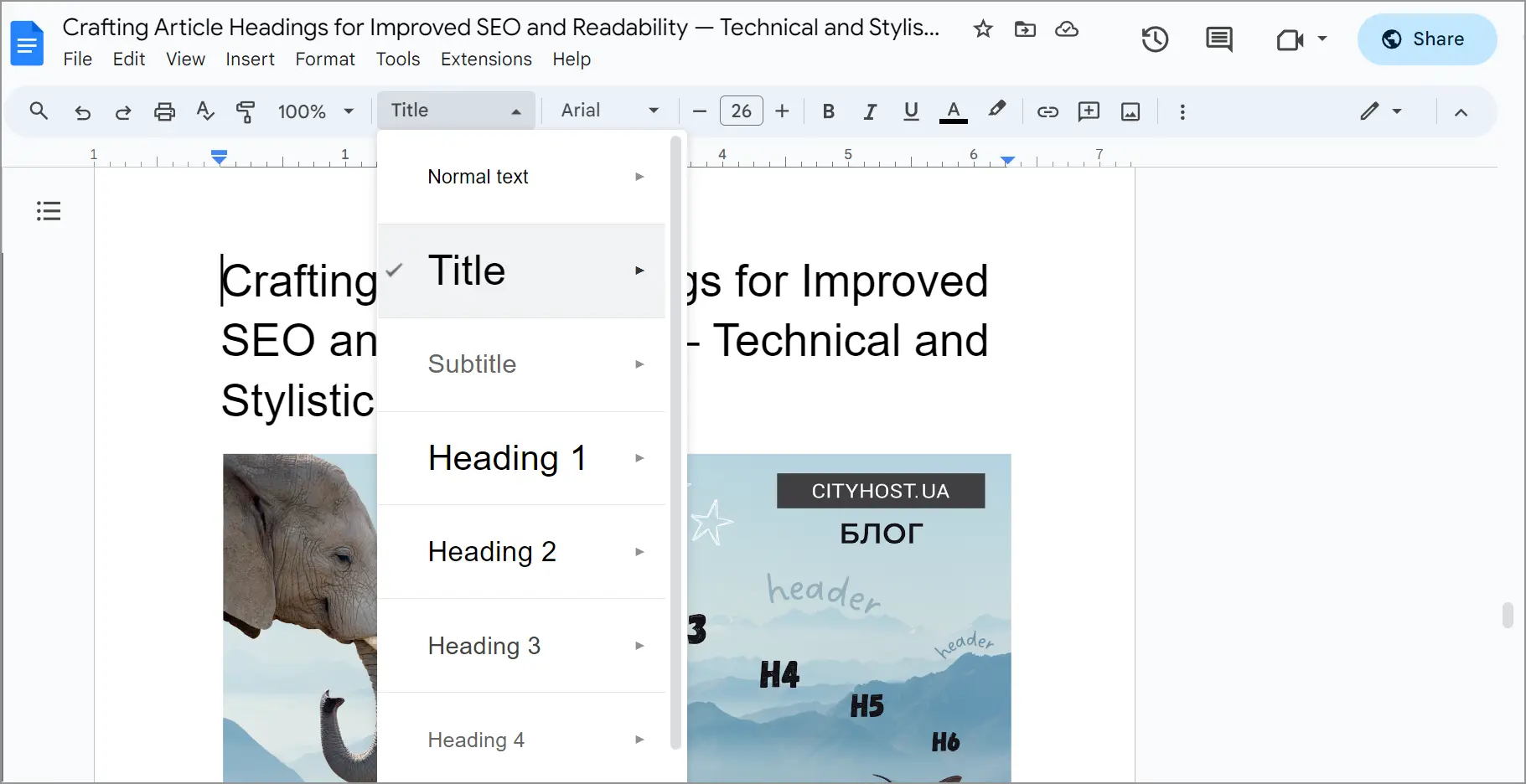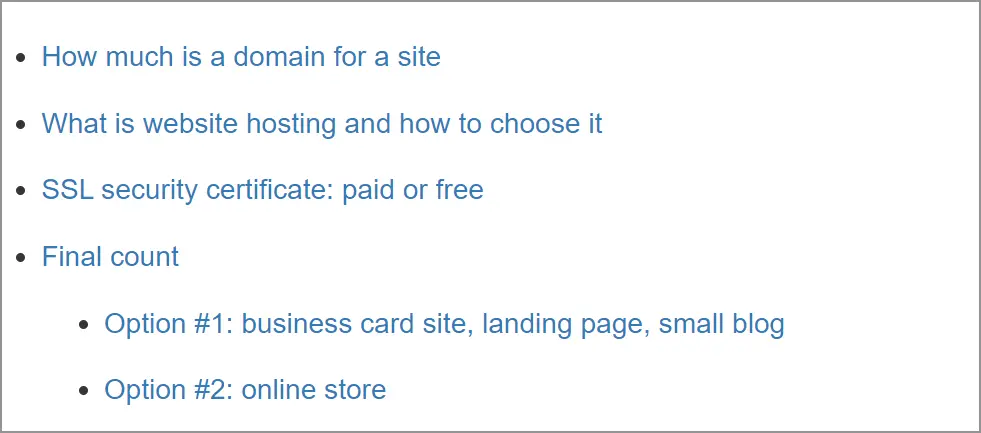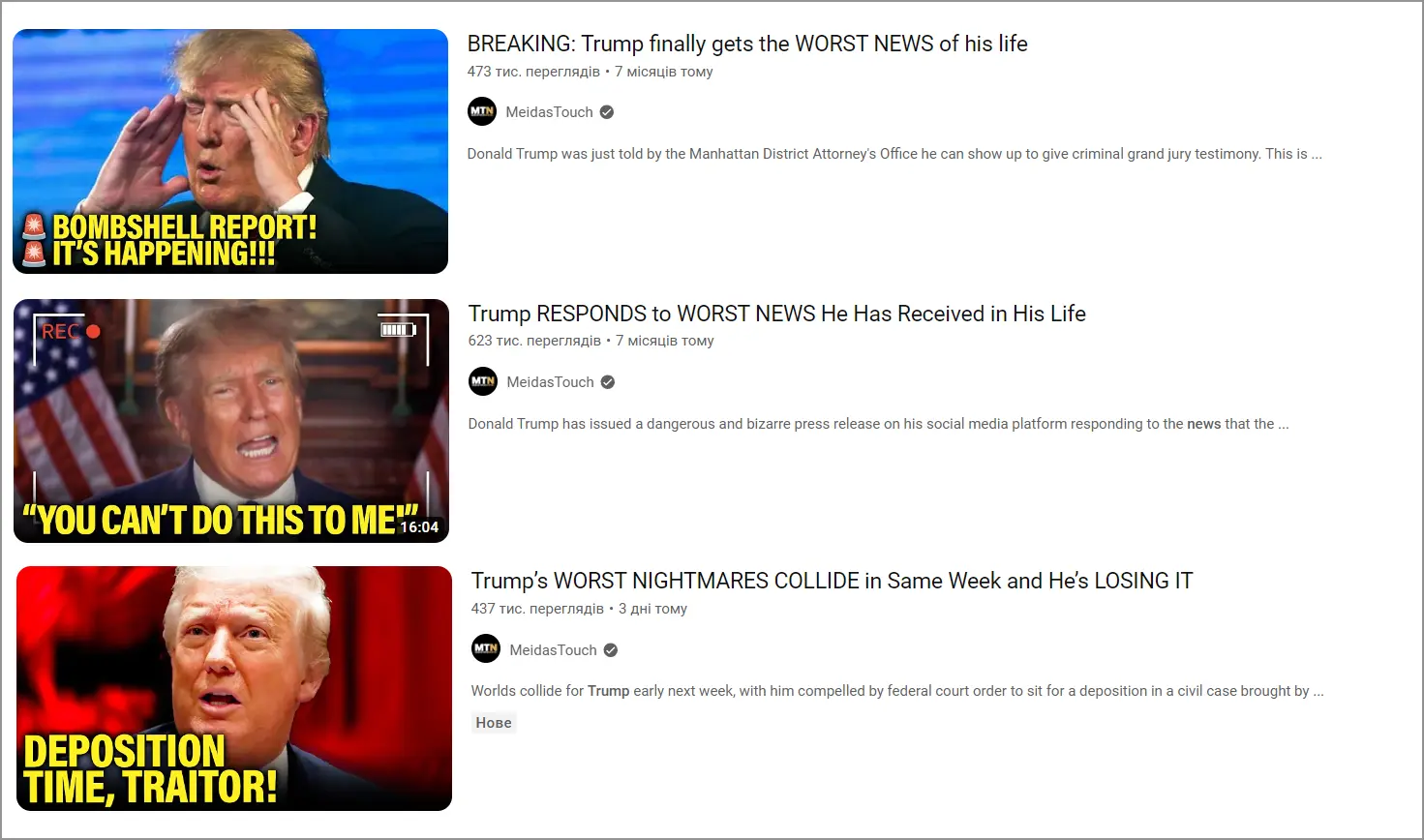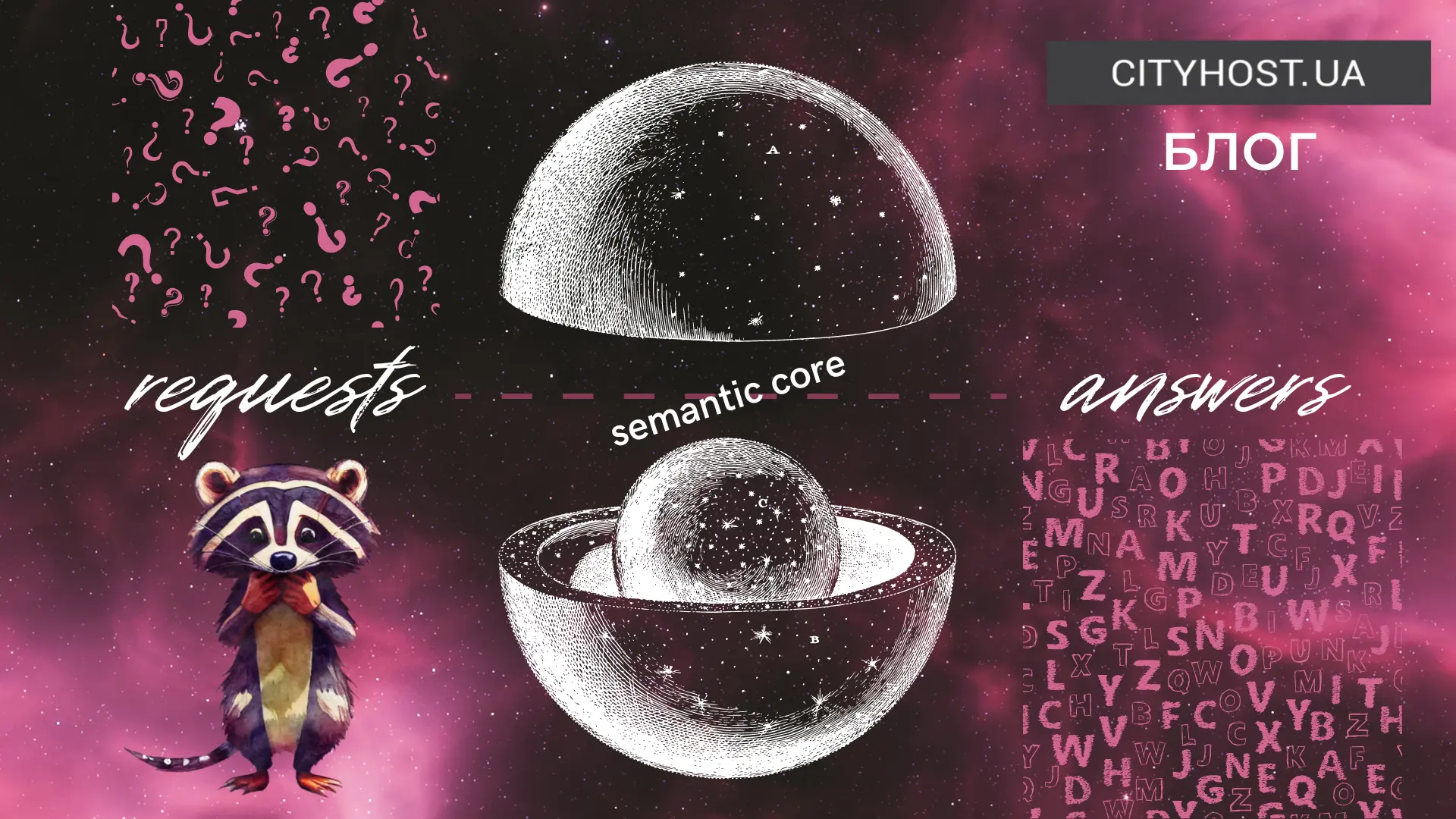
A headline is the title of an article or a section within an article. It sets the stage, hinting at the topic and overall tone.
In this article, we're discussing crafting headings for online articles. It's important to note that headings for online articles differ from those in newspapers or books.
You must keep in mind that online readers face a vast sea of search results. They will encounter your article's headline, not a book or newspaper. Thus, your headings should be designed to stand out in search results and grab the reader's attention.
When designing headings, you have two main objectives: making sure people can easily understand your message and helping online search engines understand it. Often, before diving into the text, people quickly skim articles. A well-structured article increases the likelihood of being read. So, when we focus on making our content search engine-friendly, we also make it reader-friendly.
The Significance of Article Headings and Why They Need Special Attention
The Nielsen Norman Group, a US interface consulting firm, conducted studies to find out what captures readers' attention on a webpage and for how long. According to their research, people tend to scan web pages rapidly, grabbing key pieces of information. These key elements include headings, subheadings, and important keywords. If these elements address the reader's query, they are more likely to dive deeper into the content. Since people are easily distracted, it's crucial to draw them in effectively. When readers land on a webpage and quickly scan it, a well-structured layout should provide the answers they seek.
So, when a reader types in a search query (studies show that over 70% of users browse online with specific goals in mind), they are presented with a list of articles or notes on the topic. Only the headlines provide insights because it's hard to predict what additional information Google or another search engine will include in the search snippet. At this point, readers must decide which link to click, based primarily on the headings. This is made more challenging by the fact that most people don't venture beyond the first page of search results, focusing on what's presented up front.
You have only a few seconds and a single sentence to capture the reader's interest. A headline should be engaging, attention-grabbing, and clear. It must also provide a hint of what the reader will gain from reading the article. The title should reflect the content and offer a dash of intrigue.
Read also: What is LSI text and how to write it
The Role of HTML Markup in Article Titles
Headings and subheadings are formatted in the text using HTML markup. This isn't just a technical matter; copywriters often encounter this aspect.
Subheading Hierarchy from H1 to H6
The H1 heading corresponds to the article's title, and only one can be used in a document.
Subheadings follow next. We must keep in mind that readers have limited time and are easily distracted if the text is uninteresting or difficult to comprehend. Reading a lengthy, unstructured document is more challenging than engaging with a well-organized, sectioned text. Each section should focus on a single idea and thoroughly explore it, with the subheading accurately summarizing the section's content.
Ideally, an article should include at least 2 H2 subheadings as they break up the text, making it easier to read and improving search engine visibility.

The rest of the subheadings create a nested structure, allowing multiple sections with subsections. For example, in this article, "What is a text heading and why it needs special attention" and "Article headings from a markup point of view" serve as H2 headings. Subheadings within these sections will be more specific, categorized as H3. If you need to further divide a section, you can use up to H6, although this happens very rarely in practice.
It's crucial to maintain a logical progression in headings. You can't have an H1 followed by an H3 immediately; H3 should always correspond to a common H2. Ultimately, headings should form a coherent outline for the article, indicating what follows and where the content is leading.
Formatting — Why You Should Avoid Bold and Centered Headings
The only formatting you should use is title tags. Most website administrators and Google Docs allow you to format titles using H1 markup (< h1 > heading ) or similar styles in documents. These are HTML tags used for creating web pages. Many content management systems recognize these tags. However, using methods like bolding, all-caps, or changing fonts won't have the same effect.
Regular text editors may offer similar formatting, but it's essential to check if it displays correctly in your specific content management system.
No other formatting options should be used. Content is usually transferred to a website's administrative system by copying and pasting. If it contains title tags, the transfer should proceed smoothly as most admin panels automatically recognize and format headings. In some cases, you may be asked to submit the text without any formatting.
Any other formatting, such as bold text or centered headings, can lead to issues where administrators need to manually identify headings. This process is unnecessary and prone to errors, potentially causing some headings to be lost within the main body of the article, which can affect how search engines interpret and rank the content.
Read also: Non-obvious Features in Google Docs: A User's Guide
Crafting Headings for SEO — Enhancing Your Visibility
We've already recognized that having well-structured headings is crucial for both people and boosting your online presence. Search engines analyze articles differently from human readers. They focus on keywords and structure, but a well-organized article also grabs the reader's attention. In today's fast-paced world, we make quick judgments about text quality, so it's essential not to tarnish that first impression.
Navigating the Page — Structuring Text and Linking Subheadings
It's highly beneficial if, at the beginning of your article, you provide a list of sections with links to individual paragraphs. This way, readers can explore the specific part of the article that interests them or read the entire thing sequentially. Achieving this on a webpage is possible through the use of anchor links that connect to different sections marked by your headings. Articles with clickable section lists offer convenience to readers, enabling them to revisit specific topics without scrolling through the whole article. When people find content that's user-friendly and engaging, they stay on the page longer, boosting the article's position in search results, which aim to find the most engaging and relevant texts on the subject.

For instance, take a look at the screenshot displaying the layout of an article that discusses the costs associated with hosting services and how to select the right hosting for a website. When you open the article, you're greeted with a concise overview that gives you a clear idea of what the text will cover. It provides information on the cost of a domain, guidance on choosing hosting, recommendations for SSL certificates, and even two methods for calculating the total service package for your website.
For authors, this structure is convenient too. When sections are presented as a list, they can assess how effective and understandable their document's structure is.
Utilizing Keywords in Subheadings
It's pretty straightforward: Google appreciates seeing keywords in subheadings, but it's equally important to repeat the keyword within the body of the paragraph. The more commonly a keyword is used in discussions on a topic, the higher up it should be in the subheading hierarchy. Specialized or less frequently used keywords belong in lower-level subheadings.
Whenever possible, it's best to use keywords in their basic form, without alterations or extra punctuation. Of course, this guideline isn't set in stone, but it's vital not to overdo it. You don't want your article headlines to resemble product descriptions from an online store, like "heat sensitive wallpaper buy London".
Read also: TOP-11 interesting Ukrainian sites and blogs about the IT industry
Precision and Relevance in Headings — Offering a Glimpse of the Section
Once again, here's a valuable self-check: ensure that everything you want to convey about the topic is appropriately structured in the article and reflected in your headings. Since you're not writing a novel but an article with promotional goals, your headings should be on point. Avoid vague or misleading subheadings like "How it works" and provide a concise summary instead, such as "How Keywords Drive Website Promotion."
This approach not only enhances how your article appears in search engine results but also allows search engines to display a snippet of your article's structure along with the title, making it much clearer to potential readers.
Sizing Up Your Headings and Subheadings
While your title should provide a detailed glimpse of the section's content, it shouldn't be overly long. A concise title, ideally containing 3-5 or up to seven words, is optimal. Extremely short subheadings don't help readers navigate the content, and overly lengthy ones make reading uncomfortable.
Crafting Your Headings
When it comes to style, our goal is straightforward: we want all the headings to form a clear, attractive, and easy-to-understand structure.
Guidelines for Crafting Headings and Subheadings — Proper Use of Punctuation
The key is to ensure that your titles are concise and understandable, while also adhering to general rules of language. Here are some punctuation rules for headings:
1. Avoid using a period at the end of the title. This is relevant for both articles and SEO, as search engines interpret a period as the end of a meaningful section.
2. Be cautious about using question marks or exclamation points. If your article is titled "How to Write a Good Text" (an informative title), a question mark may be unnecessary. Use it only when your article aims to pose a challenging question.
3. It's best not to use ellipses.
4. If your title contains two sentences, use punctuation marks between them as you typically would.
Sometimes, people intentionally make mistakes in headlines to emphasize a point or create wordplay. However, this should be done sparingly, as not everyone will catch the joke. Testing such titles with a few readers is a good practice.
Maintaining a Consistent Style and Format for Subheadings
Consistency is key. If your article has a humorous tone, ensure that all your headings follow suit. Likewise, a serious article should refrain from using humor in its subheadings. It's also a good idea to stick to the method of information presentation you've chosen. If you start with nouns (e.g., "Hierarchy of Subheadings" or "Creative Headings"), continue this pattern throughout the article. Conversely, if you opt for verbs (e.g., "How to Create a Hierarchy of Headings" or "How to Come Up with Creative Headings"), keep this approach consistent. Interestingly, search engines tend to favor the use of nouns.
Crafting Creative and Attention-Grabbing Headlines
Creativity enables you not only to convey information but also to instantly captivate your readers. To create creative headlines, take some time to think about your topic. Consider looking at the issue from your audience's perspective and what concerns them. For instance, "If you're facing this issue too: several ways to solve it," "Five ways to tackle this problem," or "I've been dealing with this problem since childhood – a reader shares their story." Language techniques, such as witty puns or paraphrases, can also be used.
While intriguing article titles are a story in themselves, it's essential to provide explanations about the section's content. You can do this through the use of colons or periods. Remember, moderation is key in creativity, and it's vital to align your ideas with your target audience's sensibilities. Crafting an attention-grabbing headline is more challenging than composing a simple, informative one.
Clickbait Headlines — For Those Who Like to Irritate Readers
Clickbait headlines rely on stirring negative emotions like fear, guilt, shock, or outrage. They create a sense of urgency by suggesting that something terrible will happen soon. The promise is that readers will miss out on something crucial unless they click the link.

Regrettably, delving into the world of clickbait often results in disappointment. Instead of the sensational content promised, readers typically encounter less remarkable information. For instance, rather than a major crisis, they might find something as mundane as "someone said something to someone – things might be going wrong."
In some cases, clickbait headlines may attract more clicks, which seems positive. However, when visitors don't find what they expected on the page, they tend to leave swiftly. Since search engines consider user behavior, these clickbait tactics can negatively affect your metrics.
To sum it up: Keep your titles concise, clearly reflecting the text's meaning, and avoid unnecessary punctuation, clickbait, and vague language. An article with a well-structured format and proper tags will perform better in search results, ensuring it reaches your intended readers.








